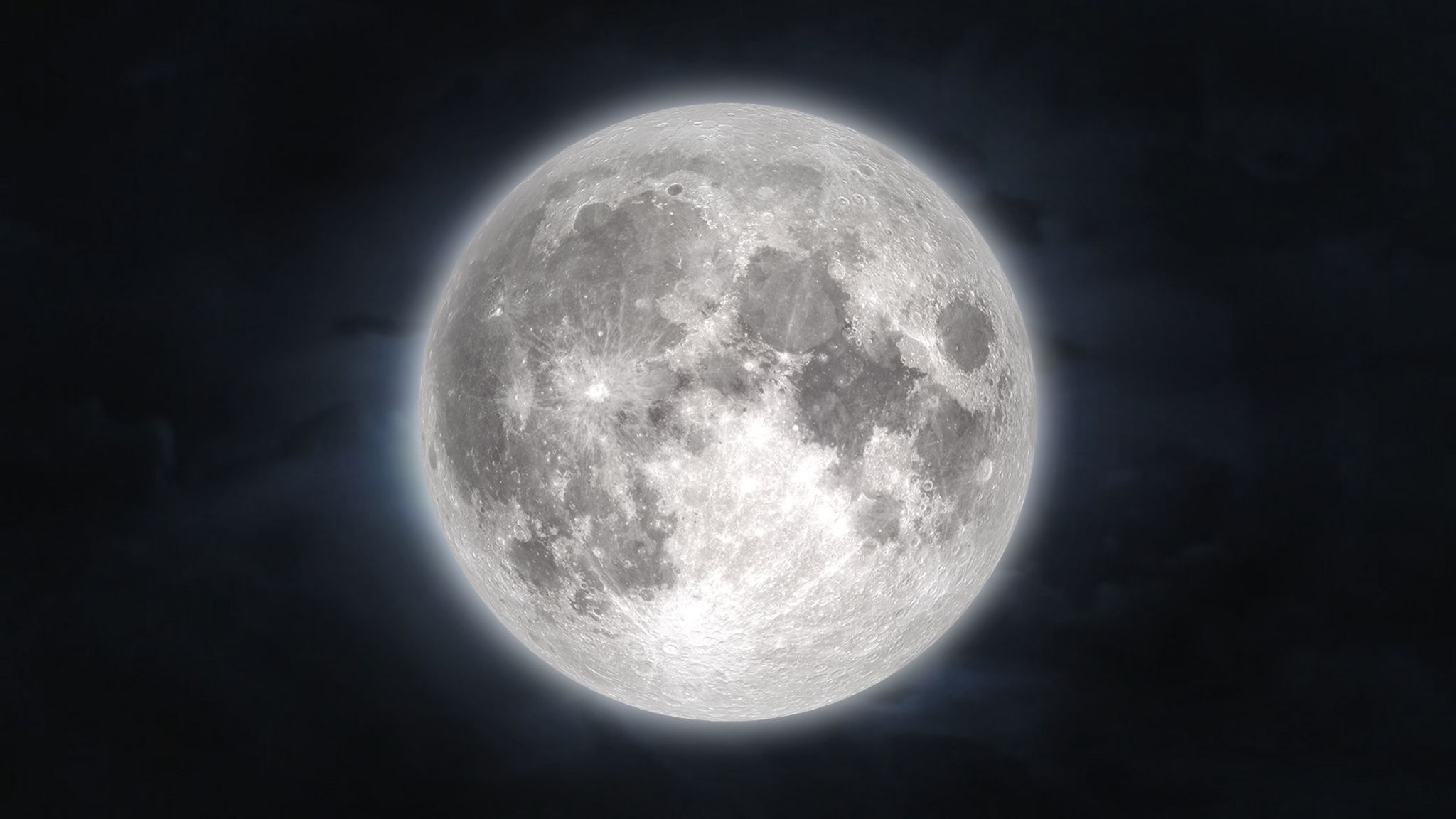Full Snow Supermoon
The largest Full Moon of 2019 arrives on February 19. The moon’s disk will continue to fill with light until Tuesday morning. At that time, the February full moon, known as the Snow Moon or Hunger Moon will occur among the stars of Leo (the Lion). Since the moon will reach its full phase about midway between Monday and Tuesday evening, to the casual eye it will appear full on both nights. But if you look closely at the moon on Monday night, you’ll be able to see that the craters in a narrow strip along the moon’s left (or western) edge will have shadows. On the following night, that textured strip will migrate to the moon’s opposite (eastern) edge because the moon has crossed the line connecting the sun and Earth.
Full moons always rise around sunset and set around sunrise, and the position of the ecliptic on winter nights causes February moons to climb very high in the night sky. In fact, the shadows generated in your backyard by the bright moonlight will match the shadows cast by the sun in early August. This full moon will occur only 7 hours after perigee, the point in the moon’s orbit when it is closest to Earth, making it the largest and brightest full moon, or supermoon, of 2019 and will generate high tides globally.
From Wednesday onward, the moon will wane and rise later as it crosses through the constellations of Leo and then Virgo (the Maiden). In the pre-dawn southeastern sky next Sunday, the moon will appear a palm’s width above the medium-bright star Zubelelgenubi in Libra (the Scales).



